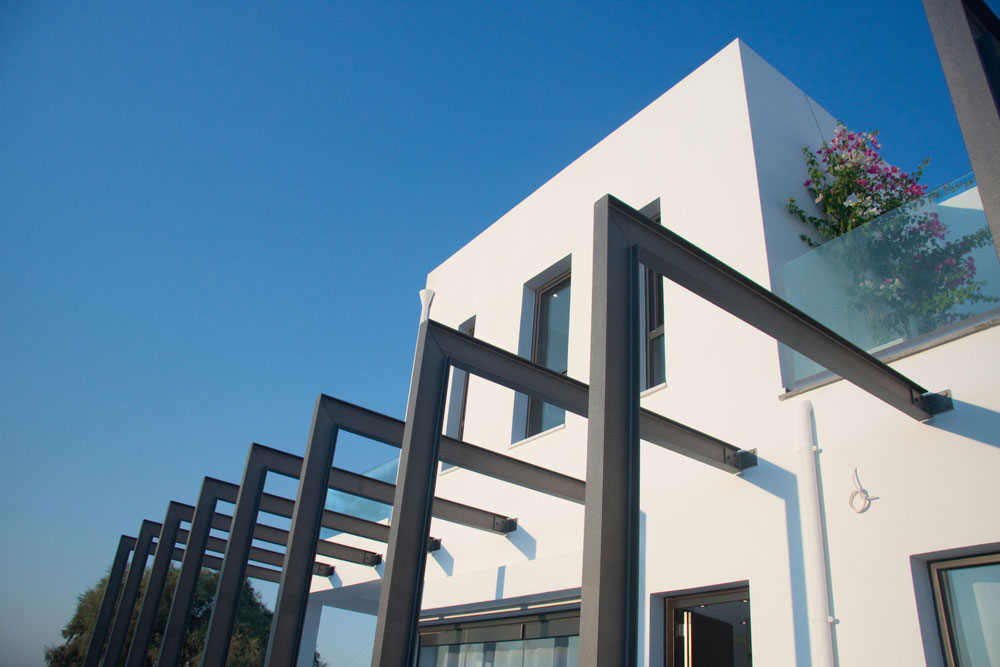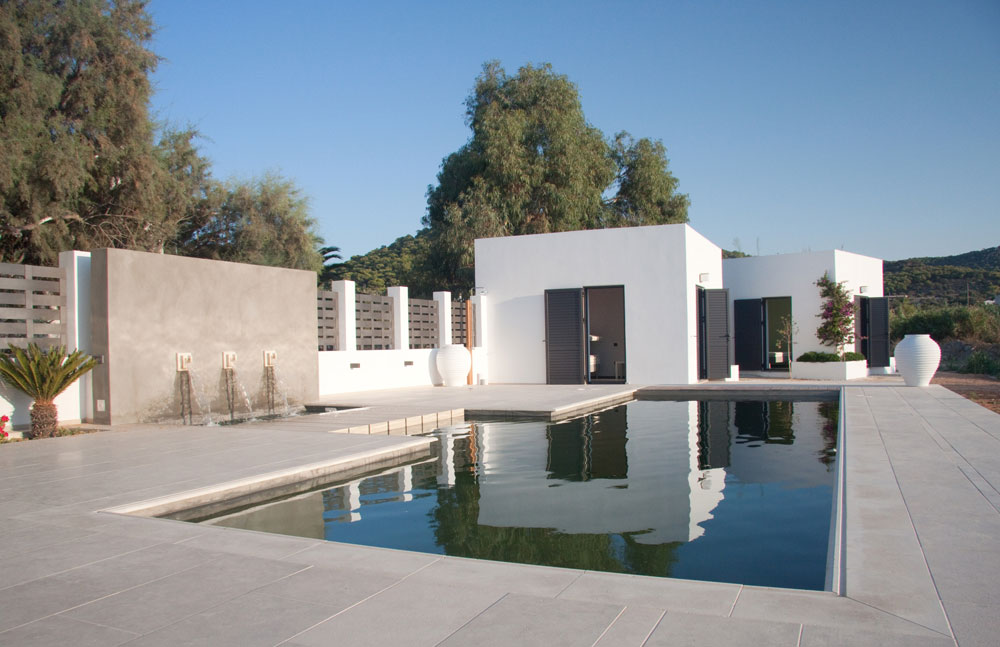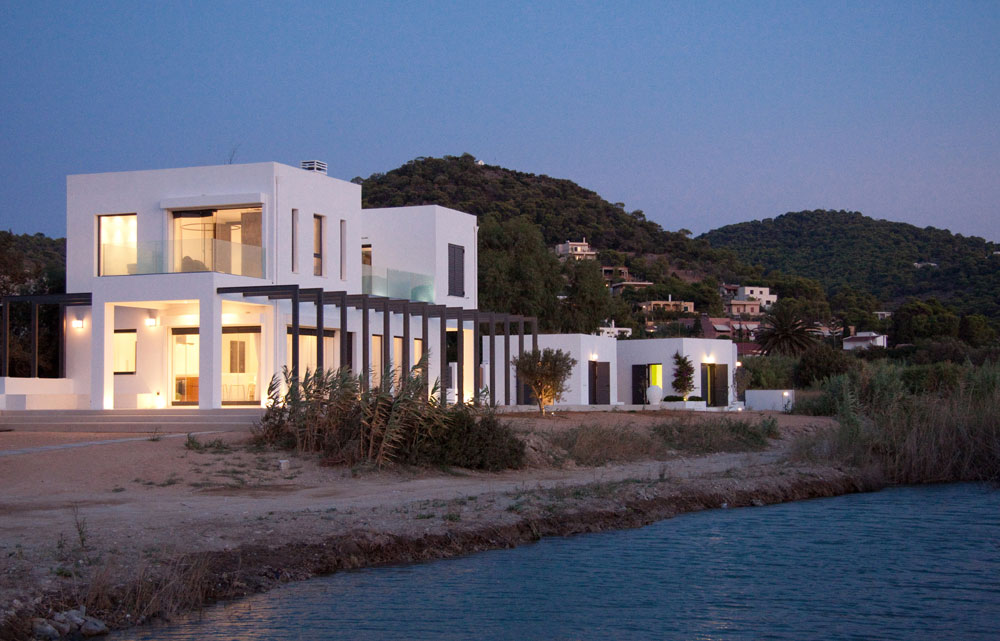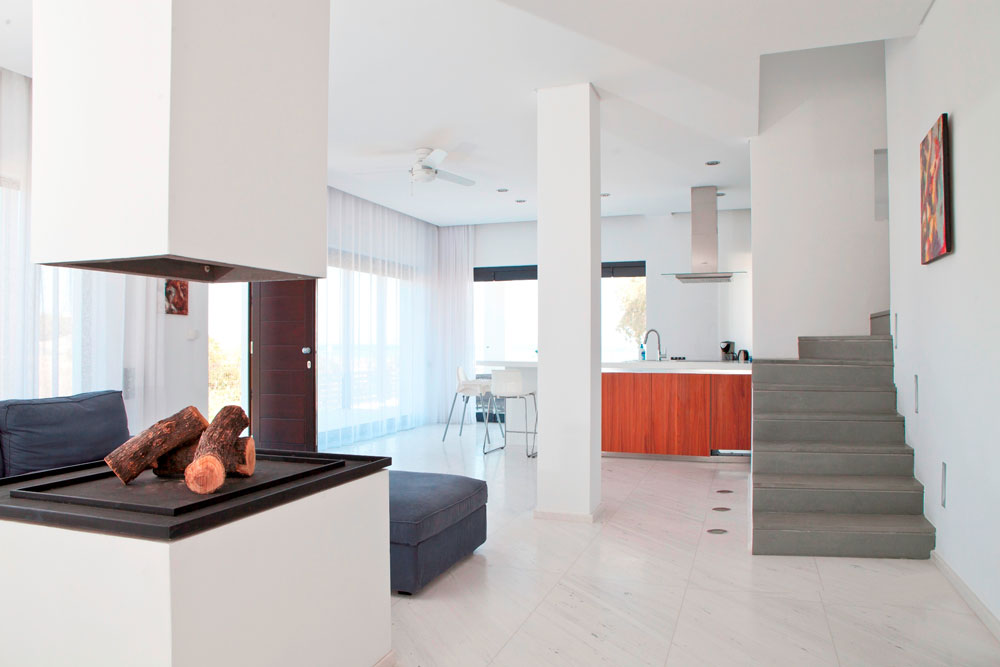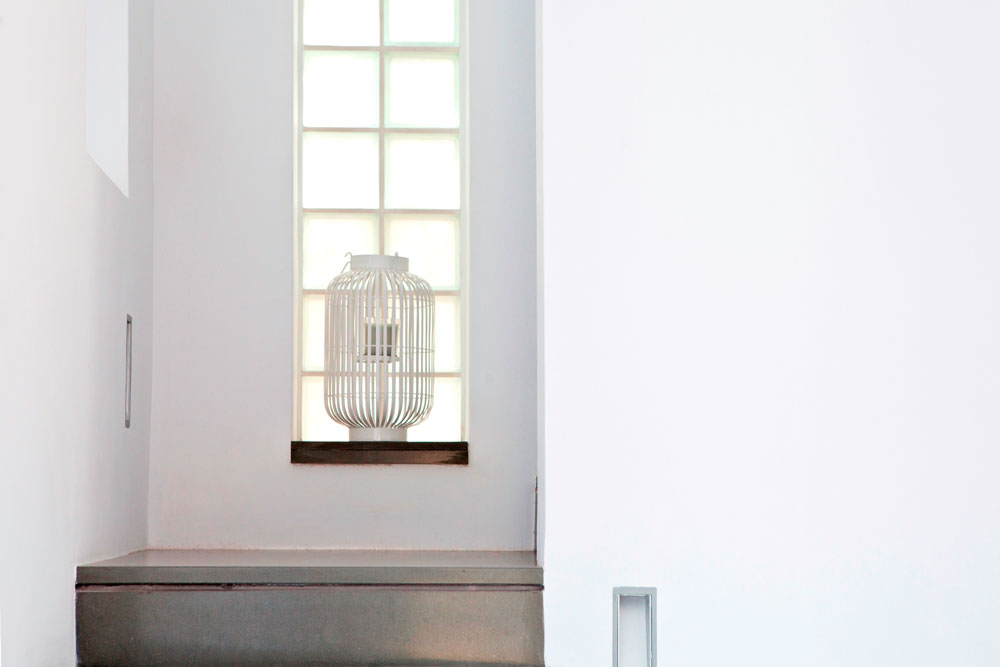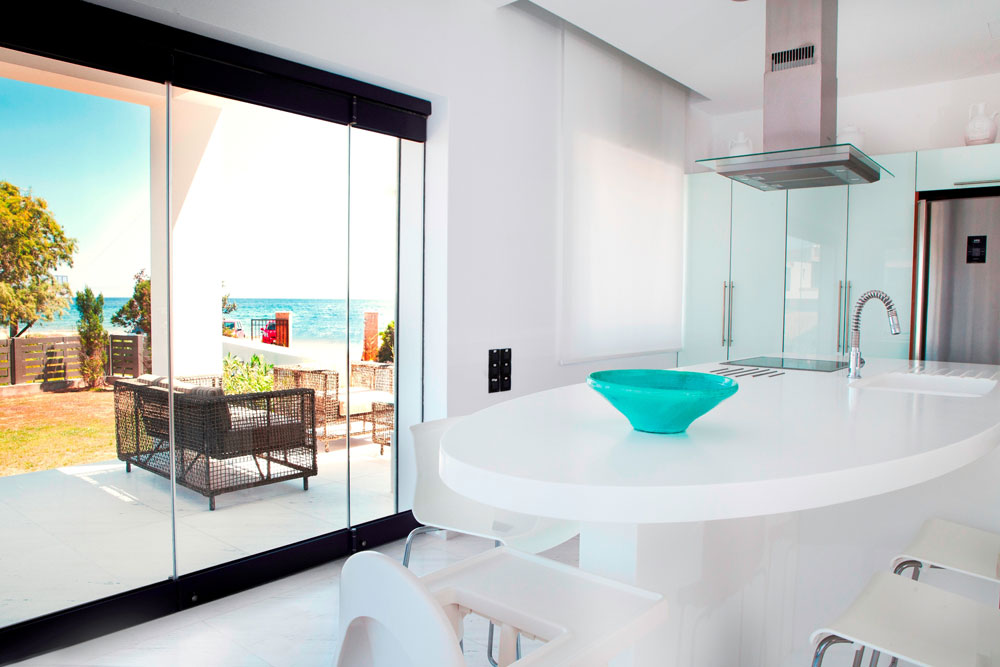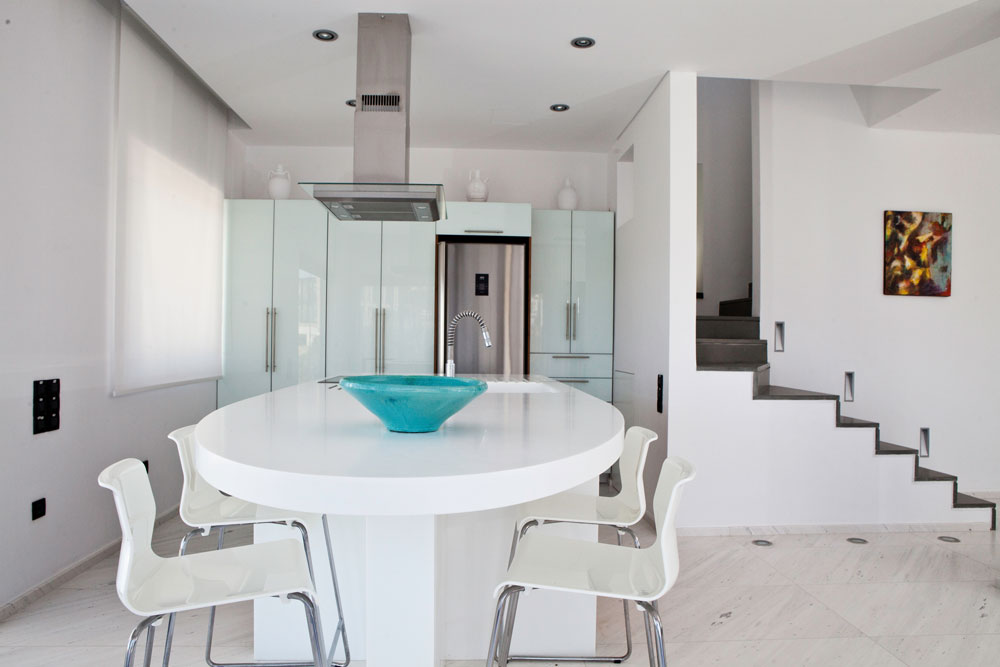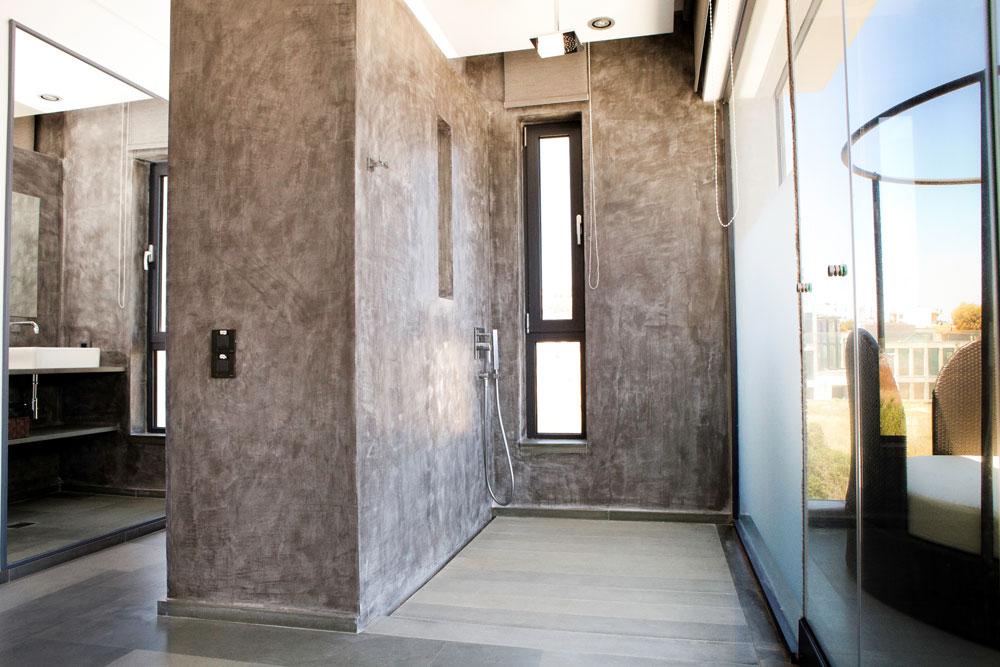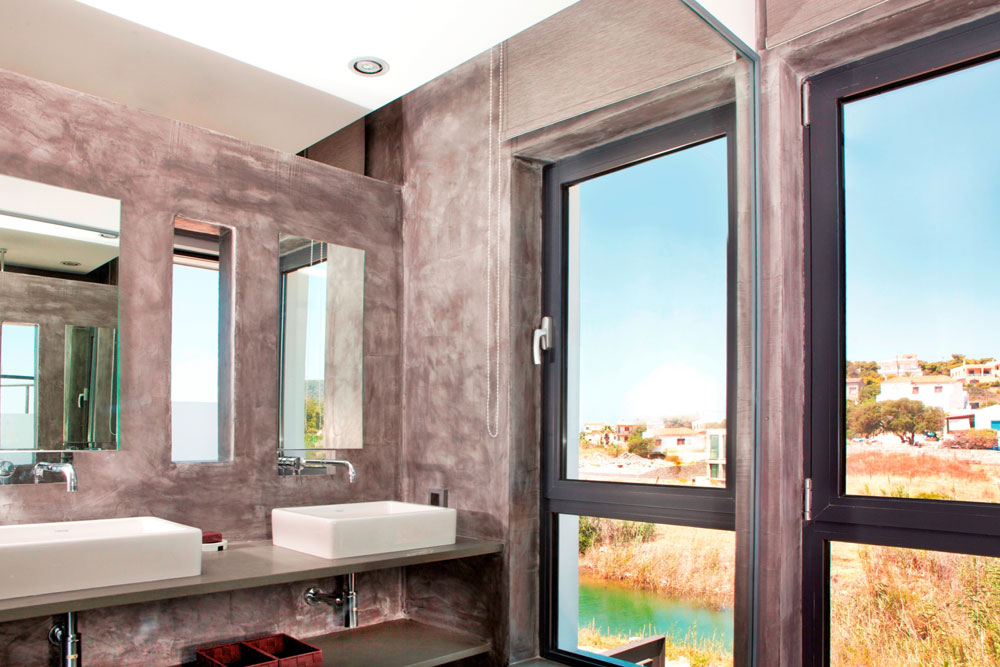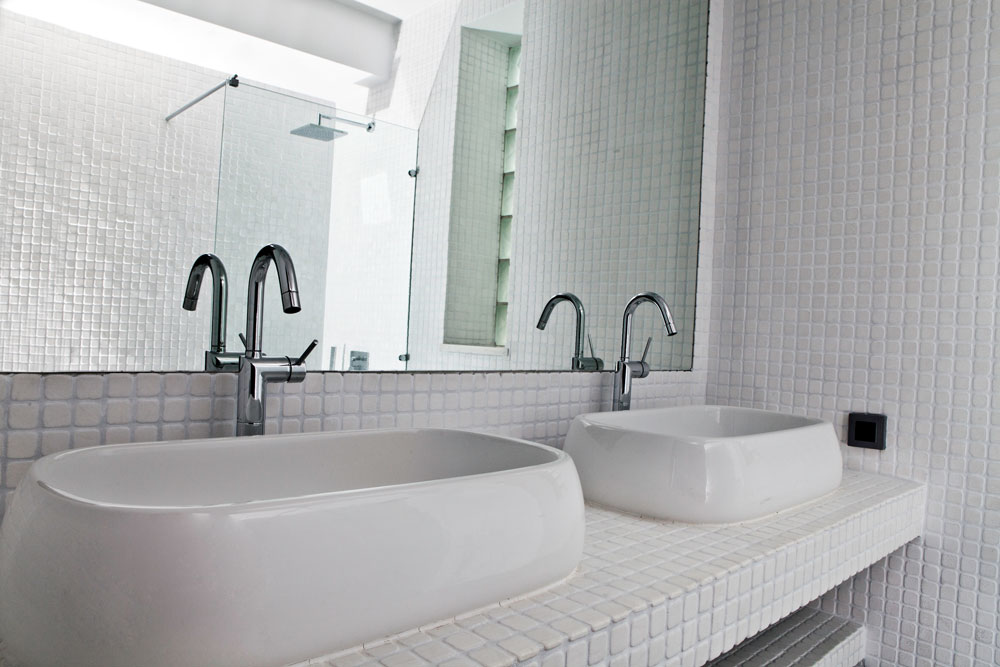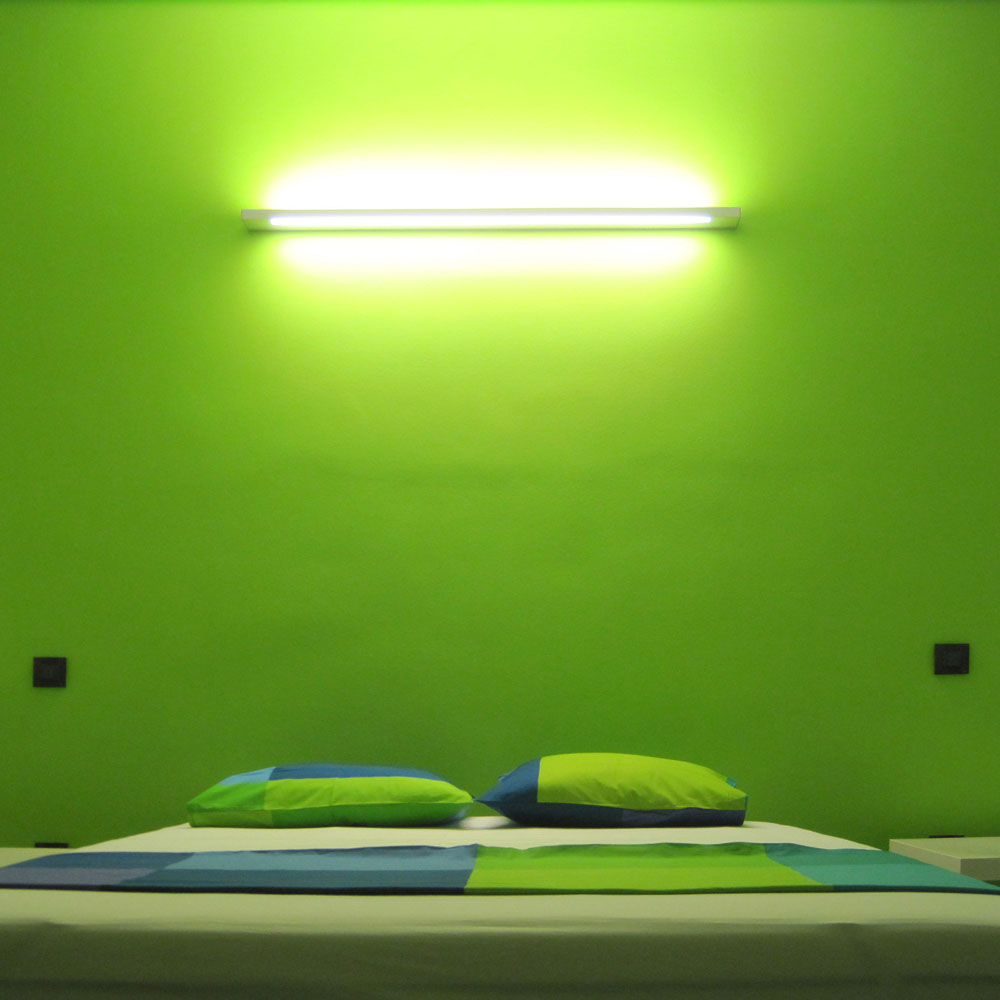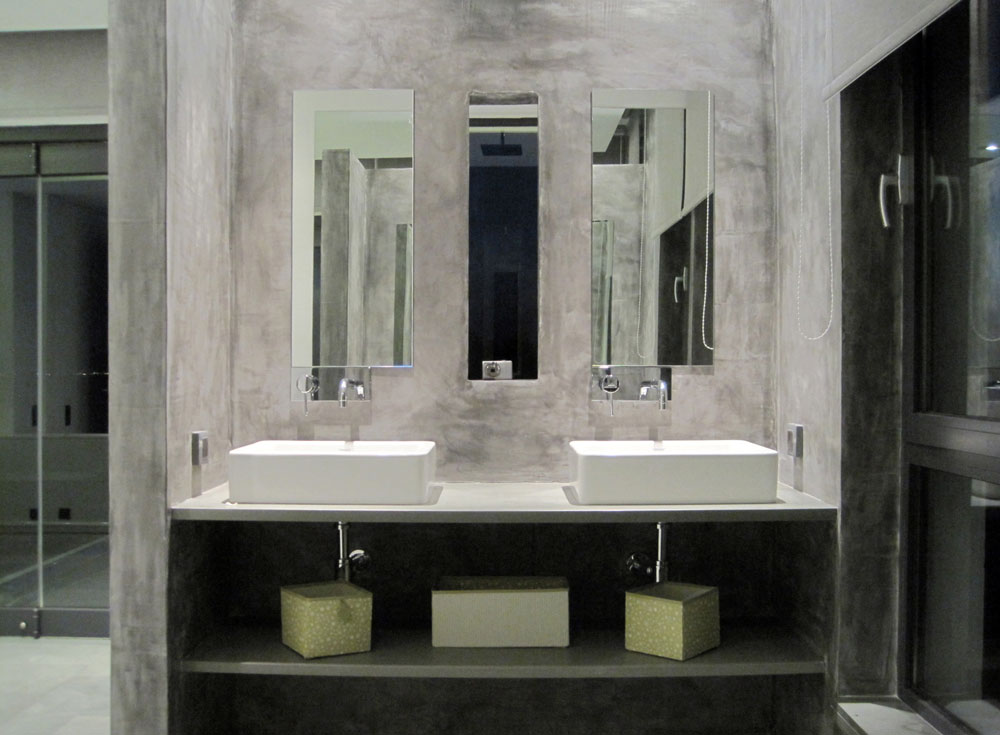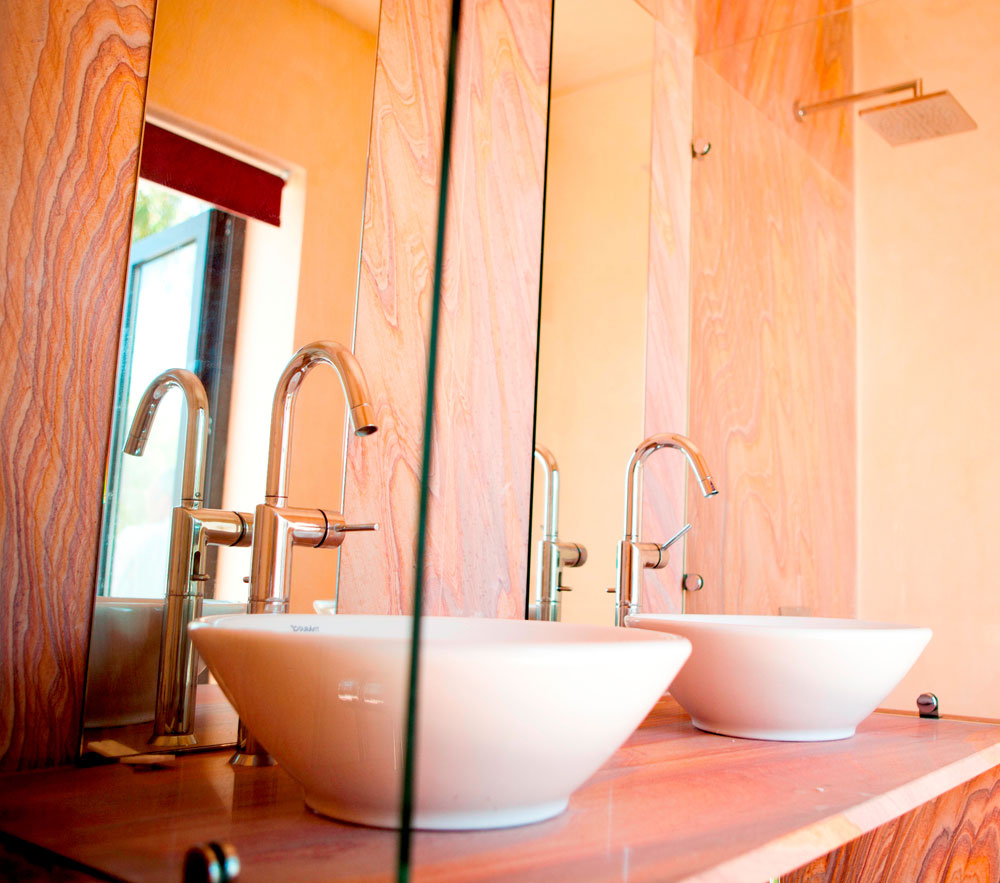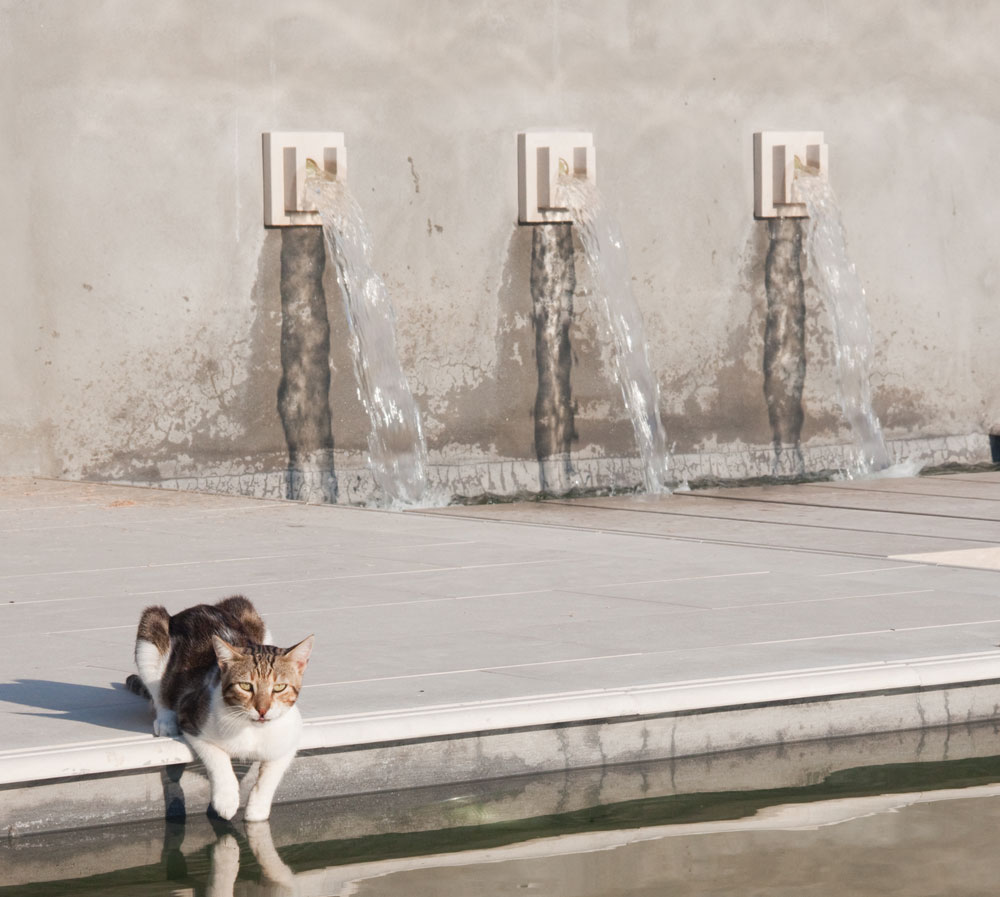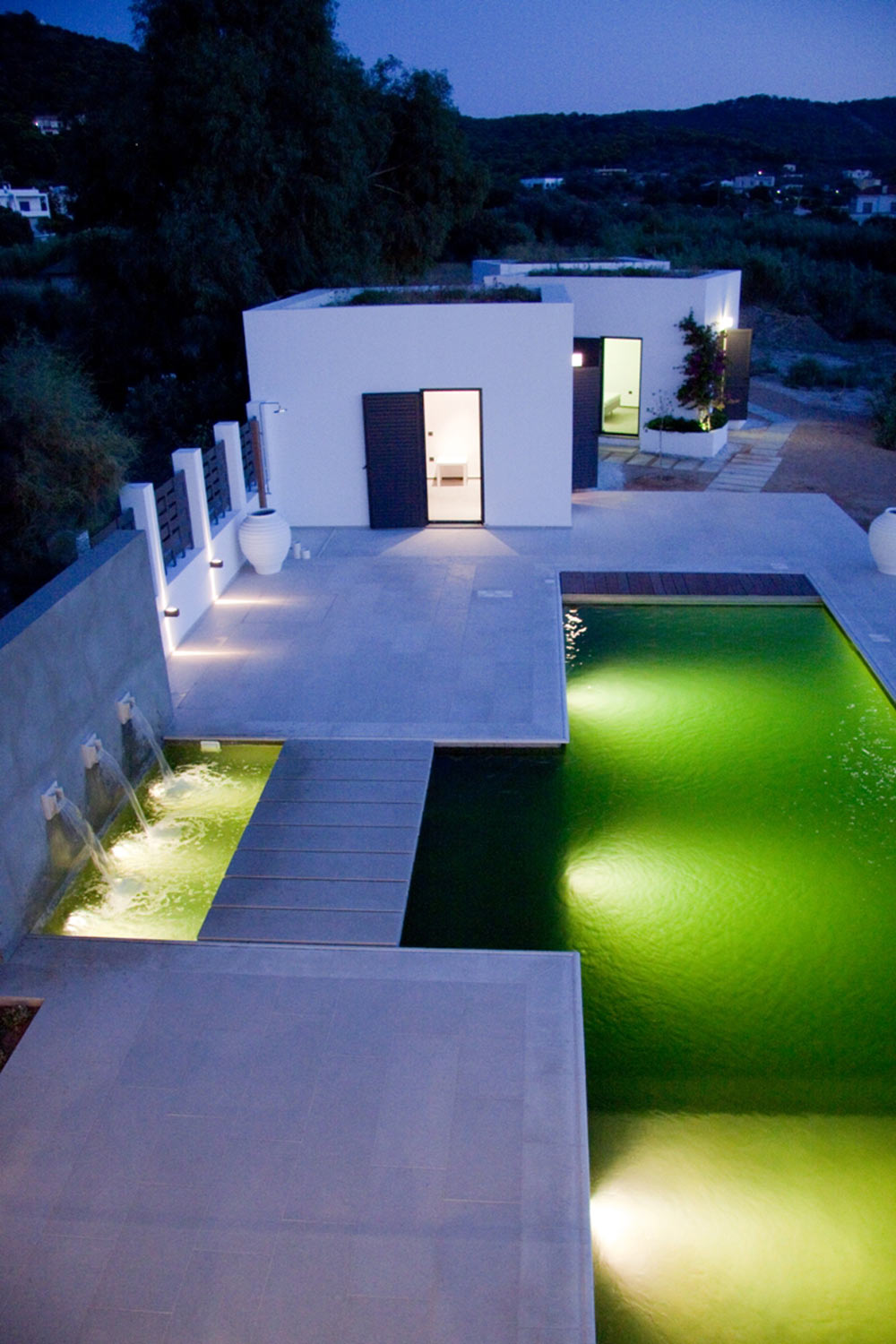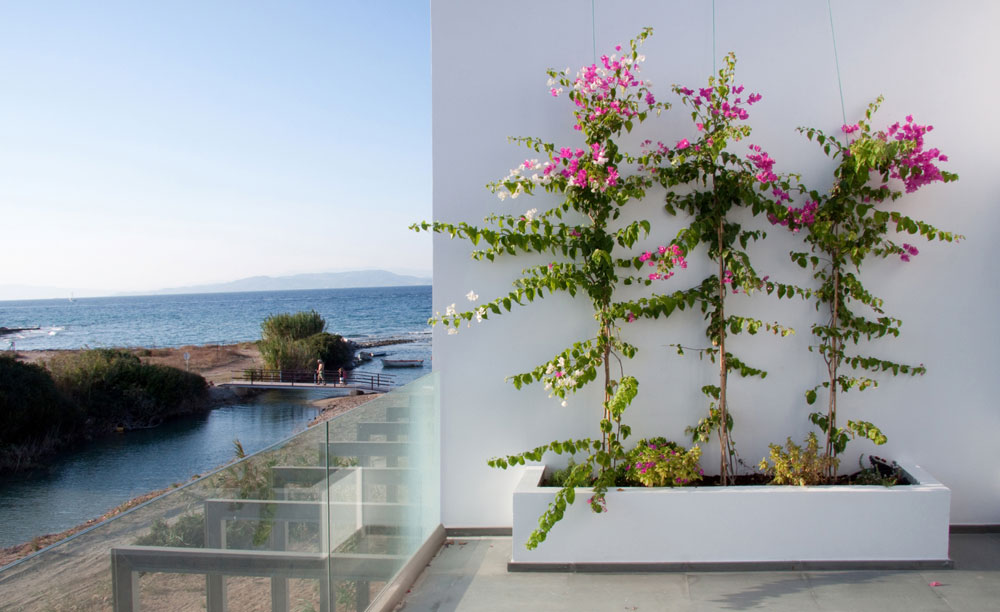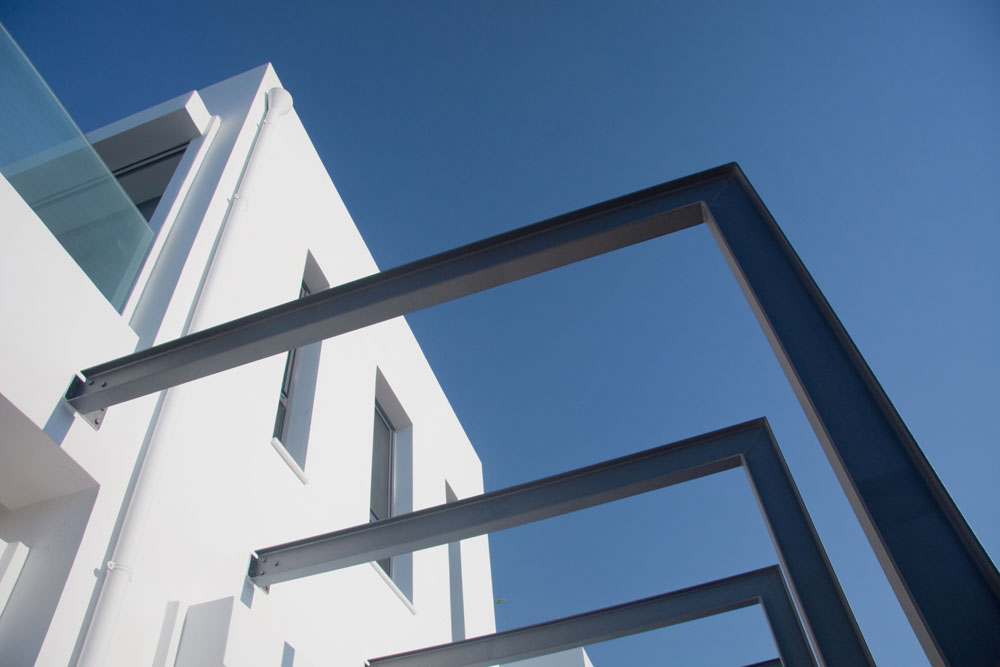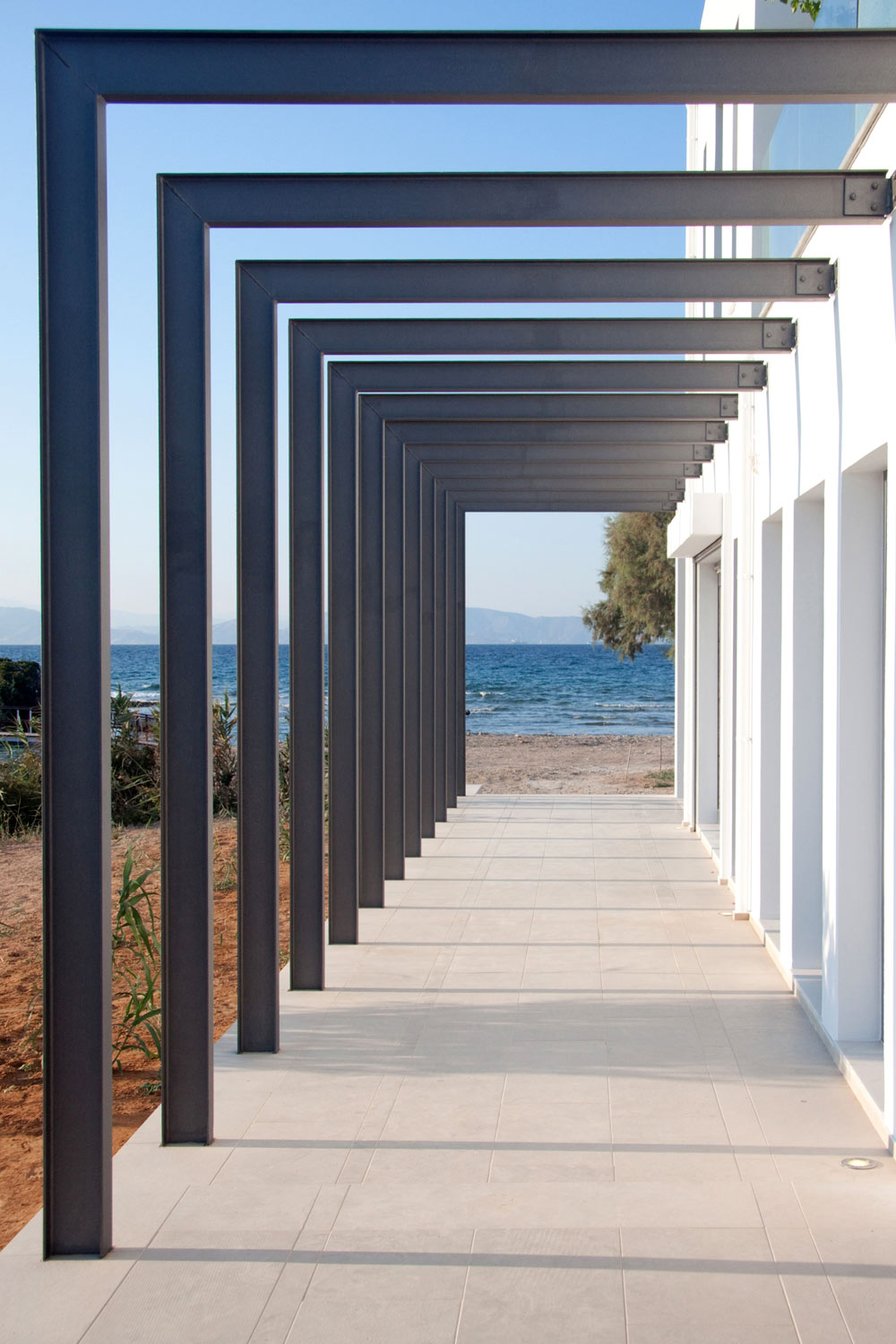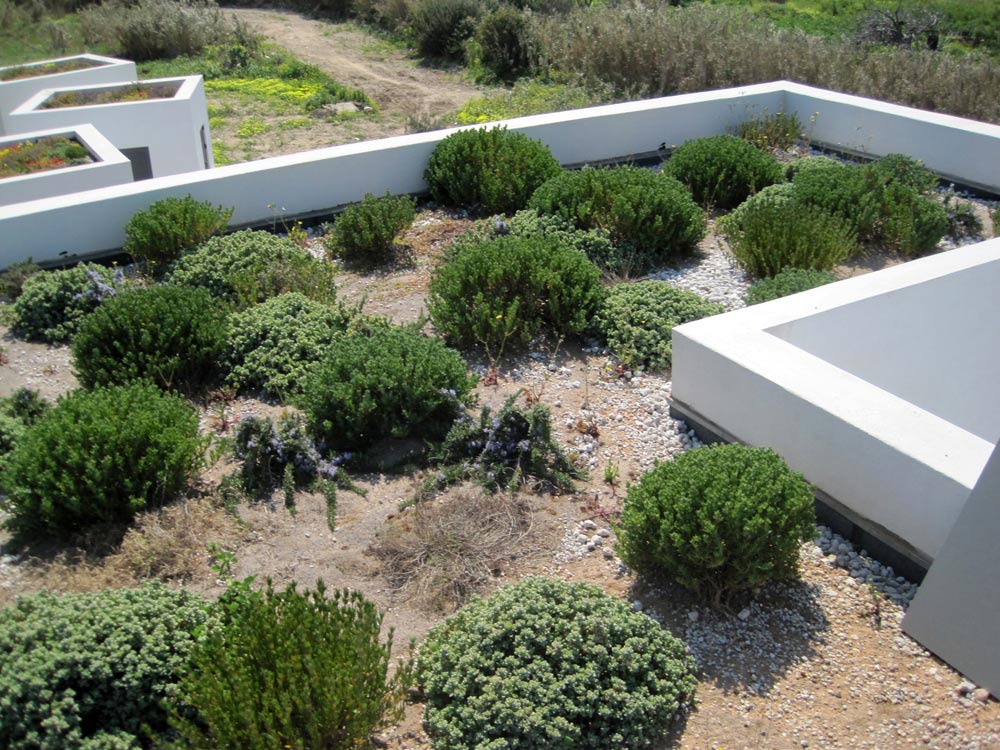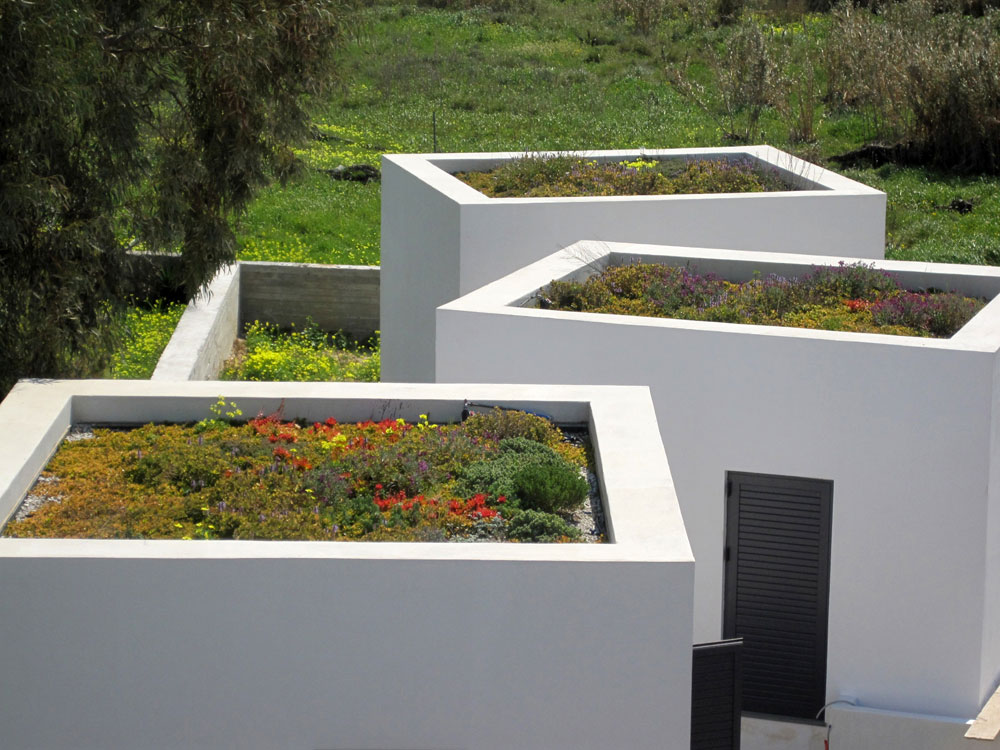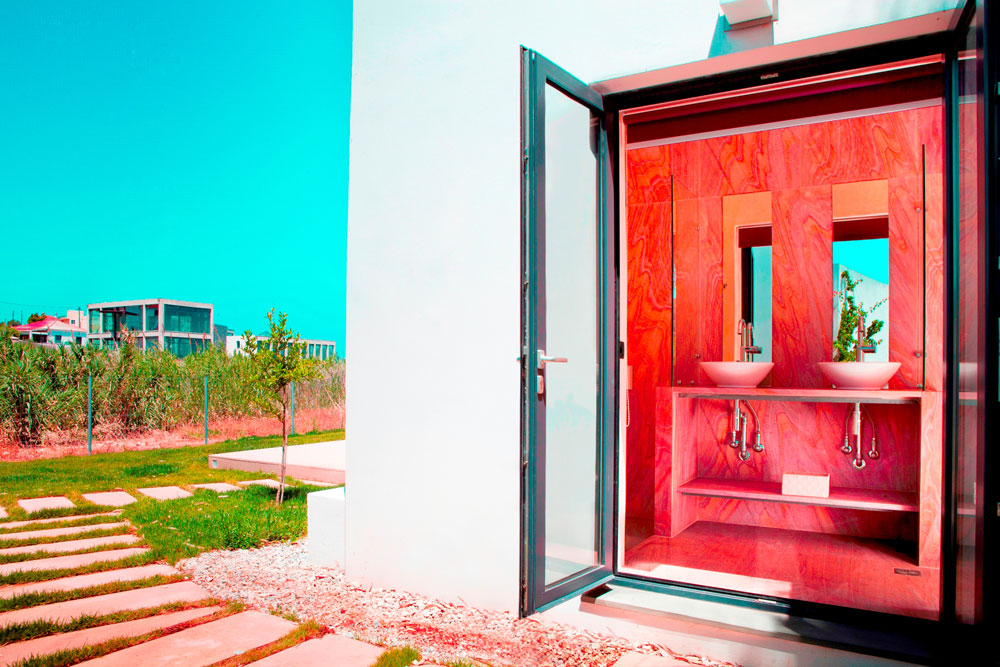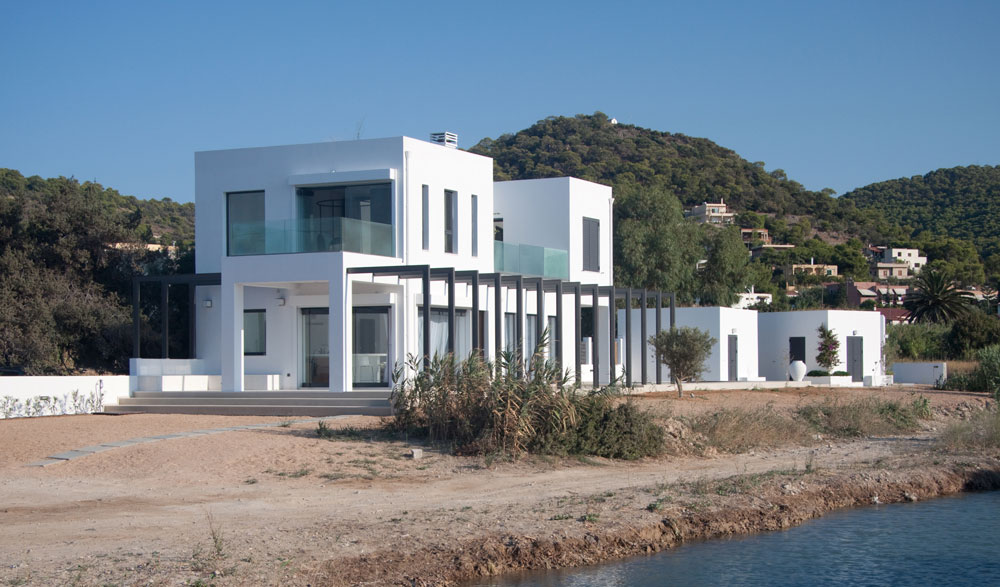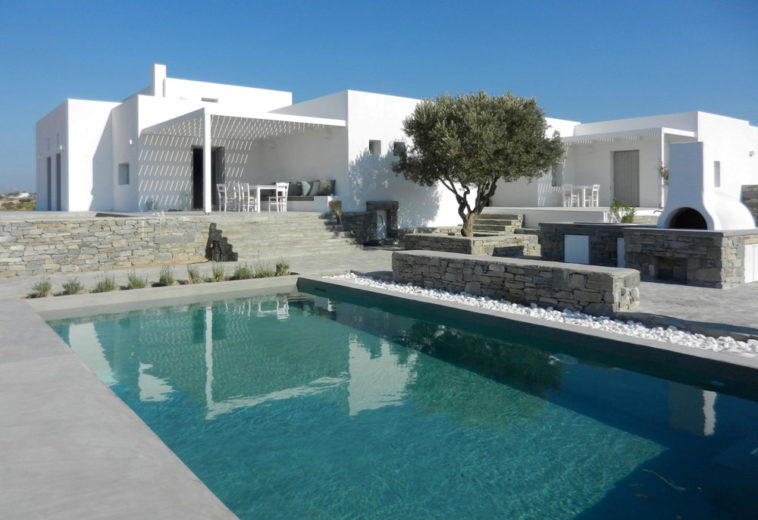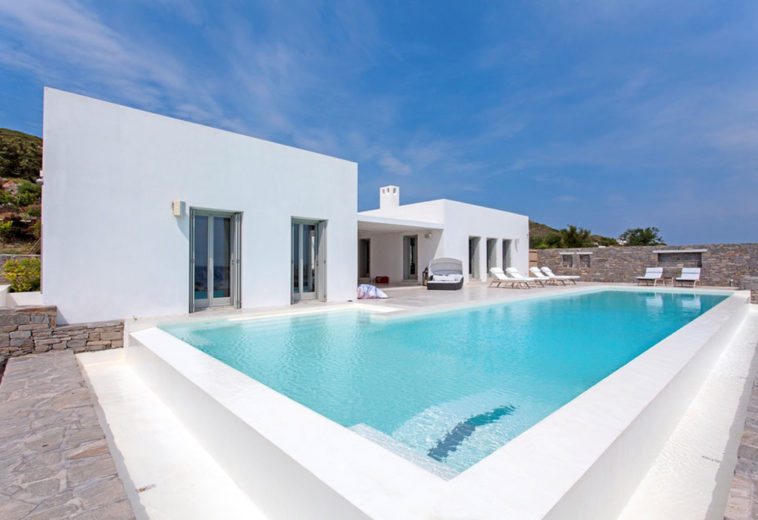- location: : island of Aegina
- status: : built in 2012
- building area: : 110 m²
gallery
description
The peculiarity of the plot - a narrow, flat strip of land of approximately 800 m2 on the south-north axis - with a narrow front side to the sea and the long side adjacent to a strip of water that penetrates the land, has been a decisive factor in the layout of the buildings. This orientation allows for views of the sea to the north and the hill of the Aphaia Temple to the south. The main residence on the front part of the plot develops on two floors: on the ground floor are the open/common areas and on the first floor are the bedrooms. There is clarity in the organization of the floor plans and the creation of the volumes. Through full and empty spaces and the metal pergolas, we created very interesting games of light and shade. The materials chosen are mostly natural - marble, iron, glass - and move among hues of white and dark grey. The nodal point of reference for the whole system is the pool area that serves as a connecting element between the housing units. The guest houses - three cubes spread out on the ground - with masonry walls and white plaster coatings are painted internally in stronger tones: green, blue, lilac. The correlation with the microclimate was an important factor in the study. The position of the plot is in a very favourable position in terms of the movement of sea and land streams of air. The studied creation of the openings on the facades and their alternate position allows for natural cooling during the hot months. The pool water, located between the main residence and the hostels, is another important factor of natural cooling. The planted roofs give rise to increased thermal insulation coefficients while reducing the thermal radiation and helping the integration of the buildings in the area. Ceiling fans in all areas complement the cooling solutions: the building works great in the summer months without the need for air conditioning. The existence of an underfloor piping system allows for heating or cooling according to necessity. Finally, through a biological wastewater treatment system, water is reused to water the garden.
The peculiarity of the plot - a narrow, flat strip of land of approximately 800 m2 on the south-north axis - with a narrow front side to the sea and the long side adjacent to a strip of water that penetrates the land, has been a decisive factor in the layout of the buildings. This orientation allows for views of the sea to the north and the hill of the Aphaia Temple to the south. The main residence on the front part of the plot develops on two floors: on the ground floor are the open/common areas and on the first floor are the bedrooms. There is clarity in the organization of the floor plans and the creation of the volumes. Through full and empty spaces and the metal pergolas, we created very interesting games of light and shade. The materials chosen are mostly natural - marble, iron, glass - and move among hues of white and dark grey. The nodal point of reference for the whole system is the pool area that serves as a connecting element between the housing units. The guest houses - three cubes spread out on the ground - with masonry walls and white plaster coatings are painted internally in stronger tones: green, blue, lilac. The correlation with the microclimate was an important factor in the study. The position of the plot is in a very favourable position in terms of the movement of sea and land streams of air. The studied creation of the openings on the facades and their alternate position allows for natural cooling during the hot months. The pool water, located between the main residence and the hostels, is another important factor of natural cooling. The planted roofs give rise to increased thermal insulation coefficients while reducing the thermal radiation and helping the integration of the buildings in the area. Ceiling fans in all areas complement the cooling solutions: the building works great in the summer months without the need for air conditioning. The existence of an underfloor piping system allows for heating or cooling according to necessity. Finally, through a biological wastewater treatment system, water is reused to water the garden.


